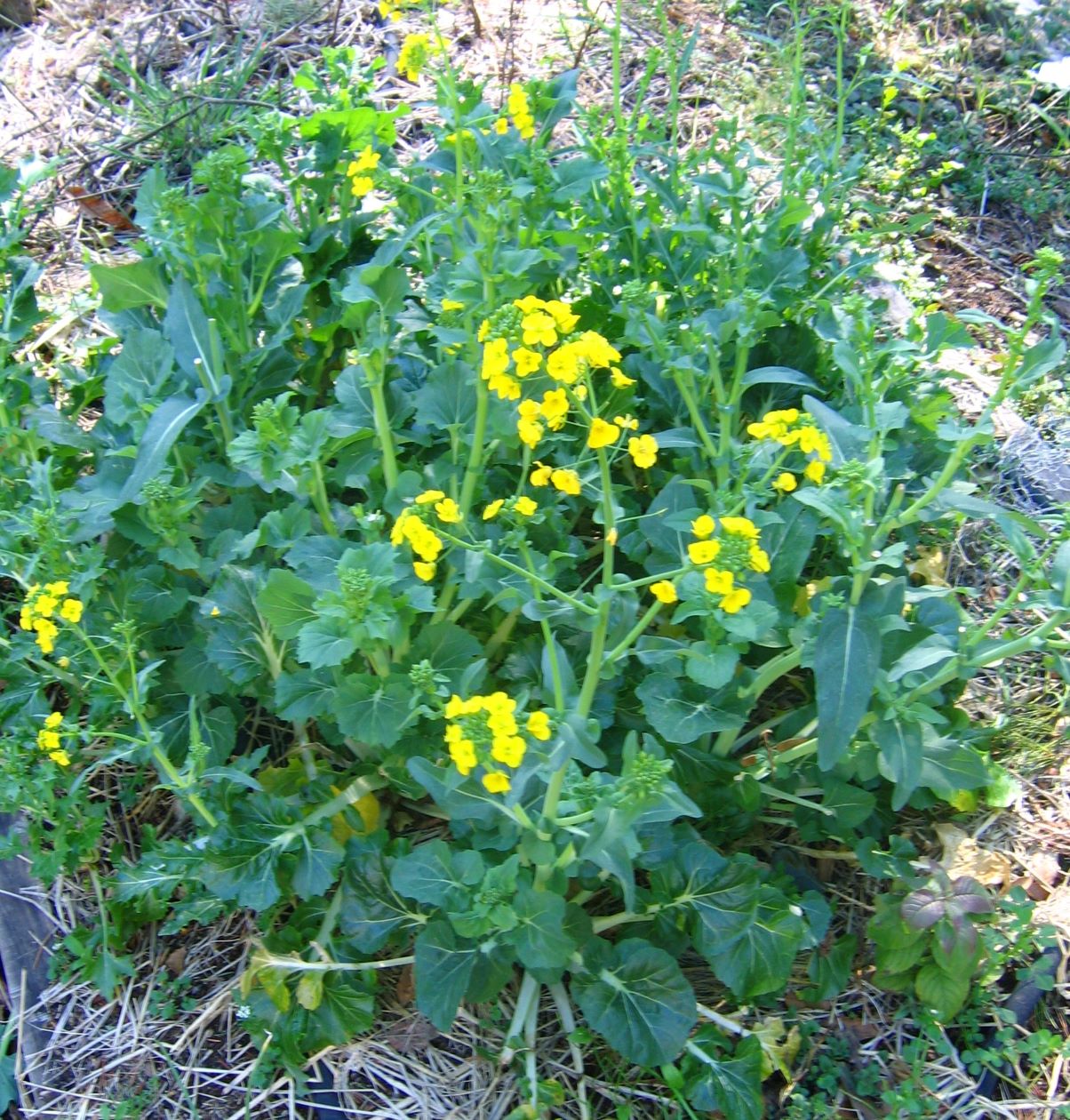Mints
Mentha species
Lamiaceae
Mint is undoubtedly the most well known of all herbal flavorings, even if some people don’t know the flavor is from a green plant rather than a chemical one. The best known and most commonly used, species are Spearmint (M. spicata) and Peppermint (M. piperita), both of which are now naturalized in North America. There are numerous other species also, both native and introduced. The nutritious leaves contain vitamins A, C, D, E and K.
Gathering: All of the Mint species are edible, though their palatability varies enormously, according to climate, soil, moisture and genetic factors. Some wild types are delicious; others have so little Mint flavor they are not worth gathering. All are easily identified by their scent and none are poisonous, so you can sample any you find. The leaves are best gathered before the flowers appear. They should be harvested in early morning, as the essential oil content is highest at this time.
The leaves should be dried quickly, in a warm dry place.
Flavoring: I prefer peppermint for tea and Spearmint for culinary purposes. The tender young leaves are good for flavoring salads, mint sauce and jelly. They have occasionally been used as a potherb.
Tea: Mint tea is probably the most popular herbal tea of all. Use the fresh or dried leaves or flowering tops and steep in boiling water for a few minutes, to the strength you desire. Never boil the leaves, as this may ruin the flavor. Mint tea can be drunk as a warming bedtime drink, or with ice as a cooling summer one. It also makes particularly good sun tea. I sometimes add the leaves to my canteen while hiking to improve the flavor of the water. I also use it as flavoring if I have to boil water to purify it.
Medicine: The oil in Mint leaves is antiseptic, so they are useful for treating wounds and as a carminative. The tea is used to allay nausea and promote sleep.
Oil: Mints are cultivated on a large scale for their oil, which is distilled to satisfy the demands of the food processing industry.
Perfume: The plants were popular as strewing herbs and in potpourri. It was a custom in some places to rub dining tables with mint before eating, to clean and deodorize them. This isn’t a bad idea, as the oil is antiseptic as well as sweet smelling.
Smoke: The leaves have been smoked, alone or with other herbs. Mint oil is added to tobacco to make menthol cigarettes
Tooth cleaner: Rub Mint leaves on your teeth to freshen them, or chew a few leaves as a quick breath freshener.
Cosmetics: The leaves have been used in skin lotions and as a face pack to cleanse the skin.
Cultivation: These vigorous plants are easily propagated by root cuttings, division or soft cuttings. If you are buying (or transplanting) any Mint always smell and taste it first to make sure you are getting a good variety. This varies so much with individuals and you don’t want to have your garden overrun by some inferior type. Mint can also be grown from seed, but seedling quality is quite variable. They grow in any moist soil and like part shade.
Be cautious where you plant Mint, if the creeping roots aren’t confined it can become a pest. To prevent this you can plant them in a container sunk into the ground to confine them. You might also grow it in a semi-wild state, well away from the intensively cultivated garden. Mints are generally beneficial in the garden, because they attract pollinating and predatory insects.
Useful species include:
Mentha species hybridize quite readily, so you will often find crosses between them.
M. spicata ‑ Spearmint
M. piperita ‑ Peppermint
M. aquatica ‑ Water Mint
These are some of the best tasting Mints and are actually naturalized in many places. The easiest way to tell the difference between Peppermint and Spearmint is the smell and taste. As you might imagine, the peppermint is more pungent. Also the former have stalked leaves, while the latter leaves are sessile (stalkless).











